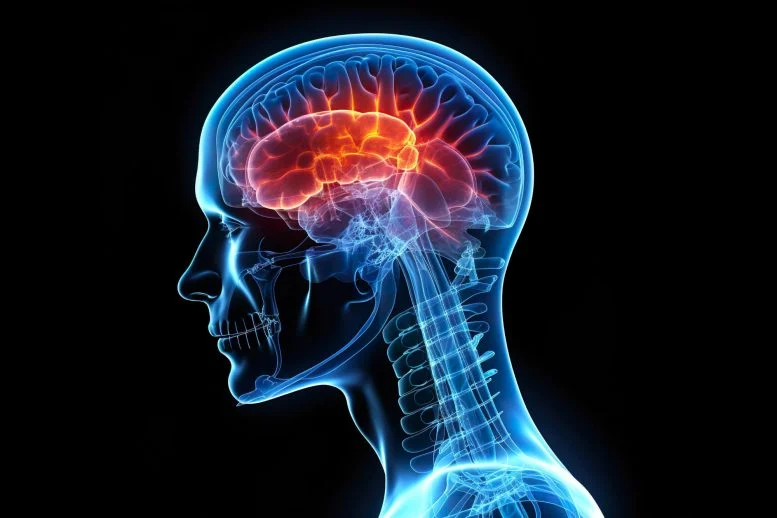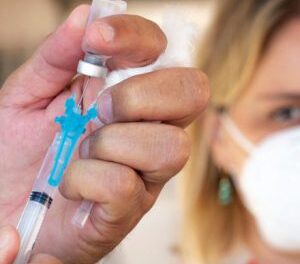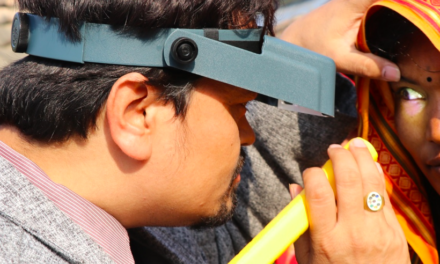In a groundbreaking study, researchers at AIIMS Bhubaneswar have uncovered a “hidden” form of leprosy, known as pure neuritic leprosy (PNL), which can silently impact the brain and spinal cord, posing serious risks to those affected. Unlike typical leprosy cases characterized by visible skin sores, this lesser-known form primarily attacks the peripheral nerves, often leaving patients without visible symptoms but at significant risk for nerve and neurological complications.
Published in the medical journal Acta Neurologica Belgica, the study challenges the long-standing belief that PNL is solely a peripheral nerve disease. According to Dr. Sanjeev Kumar Bhoi, Head of the Neurology Department at AIIMS Bhubaneswar, the research underscores the importance of examining both peripheral and central nervous system involvement in PNL cases for more effective detection and treatment strategies.
“This means the disease can silently affect the brain and spinal cord even without causing noticeable skin lesions—a hallmark of leprosy,” Dr. Bhoi explained. He emphasized the urgency of screening both peripheral and central nervous systems in patients suspected of having PNL to enable timely diagnosis and treatment, which can help reduce disability risks associated with the disease.
Study Highlights Silent Threat of PNL
The study involved an extensive evaluation of 76 patients who were suspected to have PNL. Utilizing nerve biopsies, researchers confirmed PNL in 49 individuals, with ages ranging from 14 to 72. Most patients were men, and the most commonly observed symptoms included unilateral foot drop and claw hand, conditions associated with nerve damage and muscle weakness.
The majority of confirmed PNL cases displayed what the researchers termed “subclinical” central nervous system involvement—suggesting that brain and spinal cord pathways can be affected even when outward symptoms are absent. The researchers found that these undetected neurological effects could worsen over time, especially without timely intervention.
Enhanced Diagnostic Techniques Recommended
To improve the detection and management of PNL, the AIIMS team recommended adopting more comprehensive diagnostic approaches. For patients presenting with nerve-related symptoms, such as sensory loss or muscle weakness but lacking skin lesions, Nerve Conduction Studies (NCS) were advised as a valuable diagnostic tool. Additionally, for assessing potential central nervous system involvement, the study suggested advanced tests like Visual Evoked Potentials (VEP) for vision pathways, Somatosensory Evoked Potentials (SSEP) for sensory pathways, and Brainstem Auditory Evoked Potentials (BAEP) for auditory nerve pathways.
The Odisha government funded the study, reflecting growing support for enhanced leprosy research and public health initiatives. As India remains one of the countries most affected by leprosy, the findings carry significant implications for healthcare policy and patient care, potentially guiding the development of targeted interventions aimed at reducing disability and improving quality of life for individuals with PNL.
Paving the Way for Early Intervention
The study’s revelations point to an urgent need for new diagnostic protocols that incorporate both peripheral and central nervous system testing in leprosy cases, a shift that could enable earlier intervention for those affected by PNL. “Our study shows that PNL can subtly affect the central nervous system,” said Dr. Bhoi. “Such leprosy cases are often left undiagnosed due to the absence of skin-related symptoms.”
The findings offer a new perspective on leprosy as a disease with potential neurological implications beyond skin symptoms, raising hopes for improved outcomes and reduced disability through earlier diagnosis and targeted therapy. As India continues its battle against leprosy, this study marks a pivotal step toward a more nuanced understanding of the disease and the protection of those affected.












